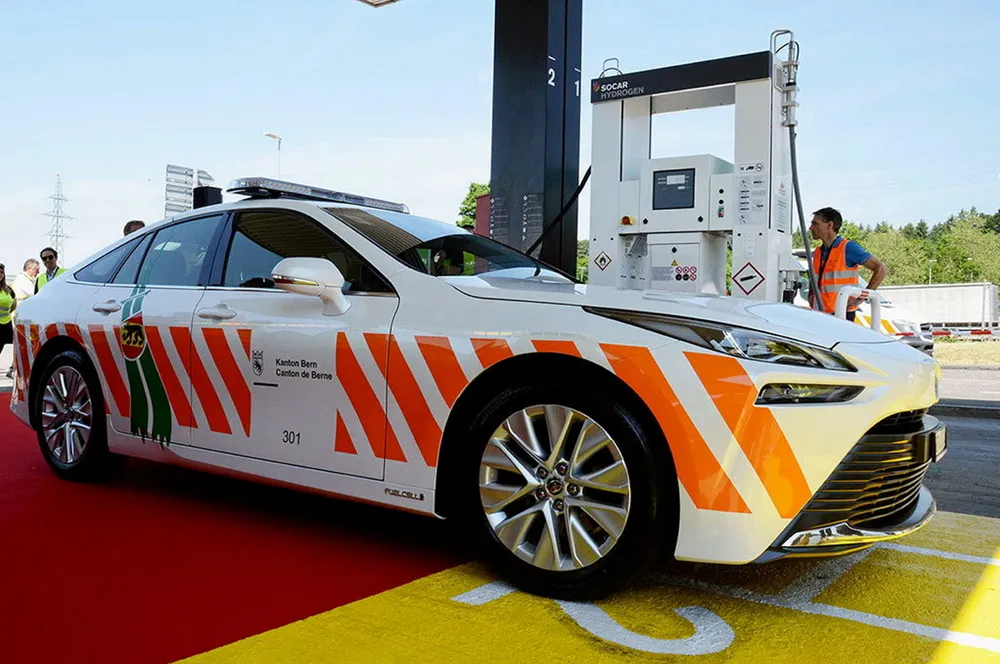EXCLUSIVE | Hydrogen vehicle registrations are flatlining across most of Europe — with hundreds more filling stations on the way
Hydrogen Insight investigation finds that new registrations of FCEVs crashed in all but three European markets

Hydrogen Insight investigation finds that new registrations of FCEVs crashed in all but three European markets
